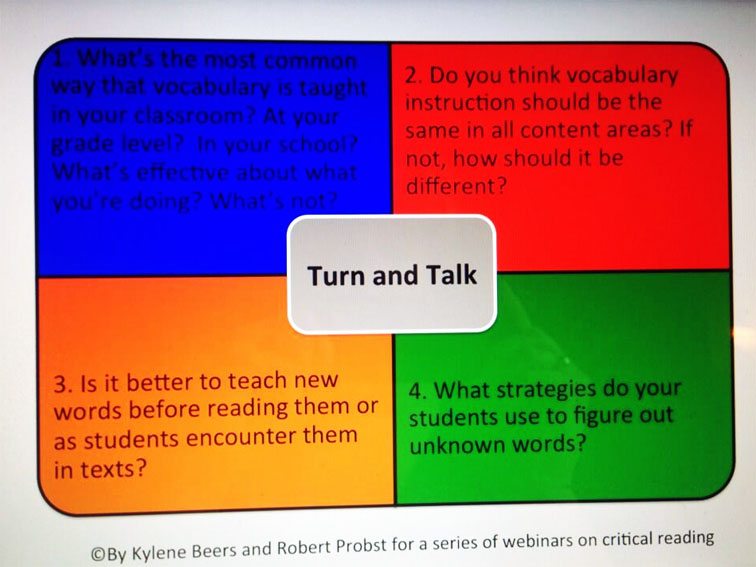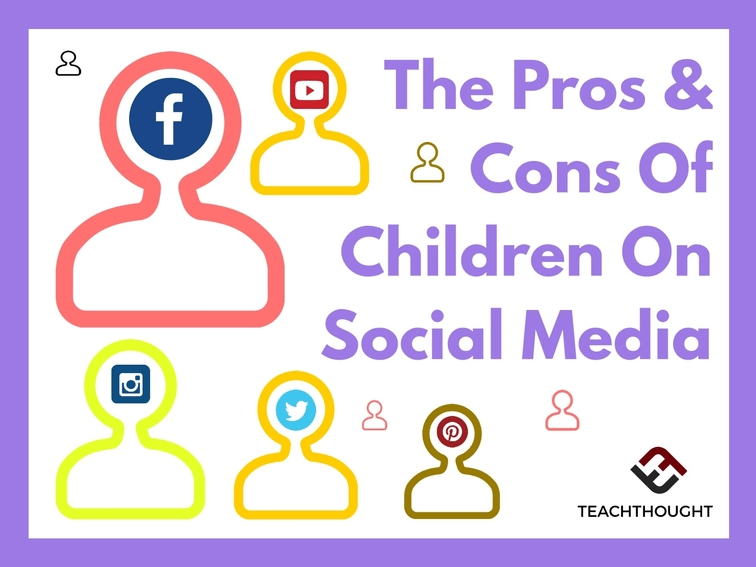by Terry Heick
One of the notable changes in the Common Core academic standards is a shift in literacy instruction from the shoulders of “English-Language Arts” teachers, to all content area teachers.
And #4, “What strategies do your students use to figure out unknown words?” got me thinking.
As a middle and high school English teacher, the core of the vocabulary instruction in my classrooms has always been word parts–Greek & Latin Roots and affixes. I took this approach (rather than a word list-centered or strategy-driven focus) for a number of reasons, not the least of which was the broad application of these “word parts” across content areas coupled with the way it allowed students to see the way language is formed, changes, and ultimately creates or obscures meaning.
 Of course, not all words have visible roots or affixes, and sometimes what appears to be a root or an affix is really just a coincidence. But that’s just how language is–not clinical, full of flaws, rife with contradictions, and teaming with life. And that’s an important lesson for both the art and the science of communication.
Of course, not all words have visible roots or affixes, and sometimes what appears to be a root or an affix is really just a coincidence. But that’s just how language is–not clinical, full of flaws, rife with contradictions, and teaming with life. And that’s an important lesson for both the art and the science of communication.
Without this kind of fluency, students start reading and writing at a significant deficiency. Being able to understand that auto-bio-graphy means, roughly translated, self-life-write and that tran-sport means across-carry and that tele-vision means across-see and a cent has something to do with 1 part in 100, which means a century must be 100 years, and percent must mean per 100, means that students can go a step beyond decoding to see where language comes from, and maybe know where it’s going.
So it’s less about the parts themselves, and more about illuminating the inherent malleability of words and phrases. This may be the best evidence of true “literacy” we can hope for, especially in the increasingly visual and symbolic 21st century: not just the ability to read and write, but rather to see language as a collection of flexible but variably potent symbols with a finite ability to carry meaning.
In fact, technology makes classic pillars of language instruction, including tone, irony, and structure–not less authentic, but more. Communication is no longer limited to sentences, paragraphs, and related matters of an author’s style, but rather through the nuanced multimodalities of digital and social media: subtweets, self-deprecation, intermittent but terse bursts of reflection, light, color, #aggregation, all framed by an awkwardly personal visibility.
Put another way, modern literacy is about the process of extracting and communicating meaning from nuanced and dynamic media while connecting both back to the human experience. What is the relationship between a novel and a YouTube channel? A political manifesto and a pinterest board? Emily Dickinson’s em-dash abuse and a tweet?
In most cases, very little, but the strand is there, and at times it means everything. If it’s true that no credible connection can possibly be made, then we’re losing our collective ability to relate to our past as a species.
And it’s a stretch to blame this on texting and social media.
In a digital and social media society, language both resists and gives in to change at an extraordinarily rapid pace. If its users (in this case, students) can’t somehow internalize this kind of change, and its resulting collision with the standards and expectations purported by those who profess to teach it (in this case, teachers), then one or the other–language or the teaching of language–is going to lose credibility.
Image attribution flickr user tienvijfitien

